13 Classic Toys Invented By Accident—And Why They’re Still Beloved

Some of the world’s most cherished toys weren’t created on purpose but stumbled into existence through happy accidents. These unplanned inventions have entertained generations of children, proving that sometimes the best ideas come when we least expect them.
From kitchen mishaps to failed experiments, these accidental creations have become cultural icons that continue to bring joy decades after their surprising births.
1. Silly Putty: From War Effort to Bouncy Ball

During World War II, engineer James Wright was trying to create synthetic rubber for the military when he accidentally mixed boric acid with silicone oil. The result? A strange substance that bounced, stretched, and copied newspaper print.
General Electric initially dismissed it as useless. Years later, marketing genius Peter Hodgson repackaged it in plastic eggs and Silly Putty became an overnight sensation in 1950. Today, over 4,500 tons of this stretchy stuff have been sold worldwide.
2. Play-Doh: The Wallpaper Cleaner That Became Modeling Clay
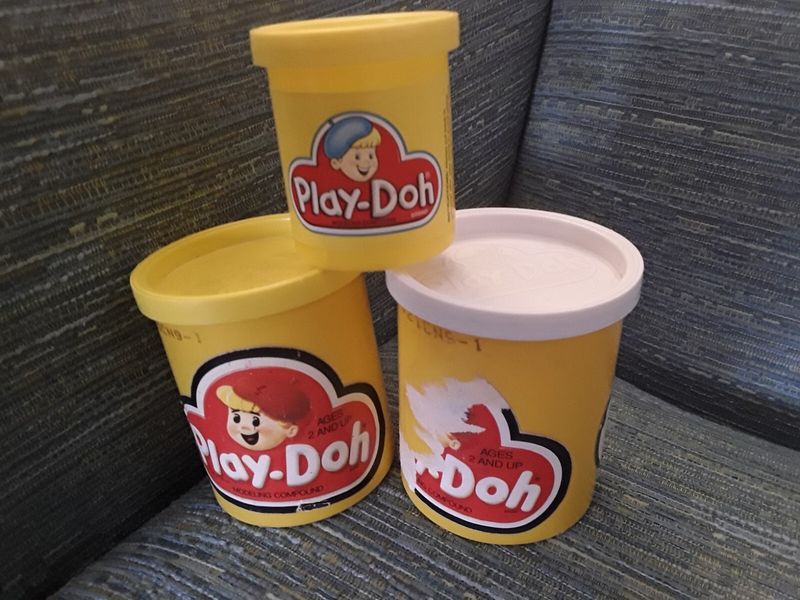
Kutol Products created a putty-like substance in the 1930s for cleaning coal residue off wallpaper. When heating systems changed and wallpaper cleaning became obsolete, the company faced bankruptcy.
Salvation came when the founder’s sister-in-law, a kindergarten teacher, noticed her students loved playing with the non-toxic cleaner. With some tweaking and colorful dyes, Play-Doh was born in 1956.
The distinctive smell? That’s actually the fragrance they added to mask the original cleaning chemicals.
3. Slinky: The Naval Engineer’s Mistake That Walks Downstairs
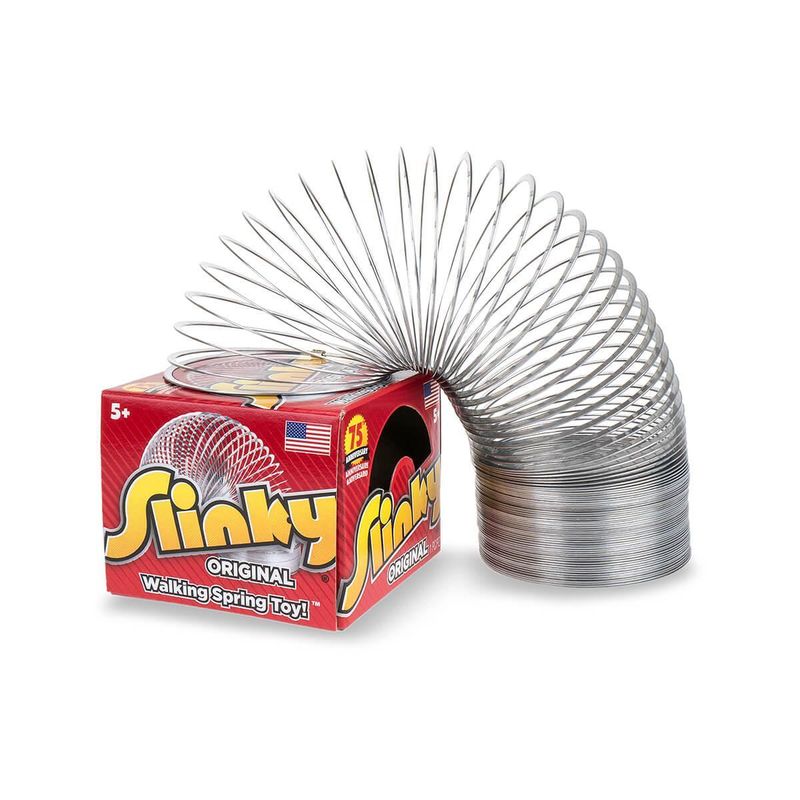
Naval engineer Richard James knocked over some tension springs he was working with in 1943 and watched in amazement as they “walked” down instead of falling. His wife Betty coined the name “Slinky” after finding the word meaning “sleek and graceful” in the dictionary.
The couple demonstrated their new toy at Gimbels department store in 1945, selling 400 units in 90 minutes. That familiar “slink, slink” sound has remained unchanged for over 75 years, with more than 300 million Slinkys sold worldwide.
4. Super Soaker: The NASA Engineer’s Bathroom Breakthrough
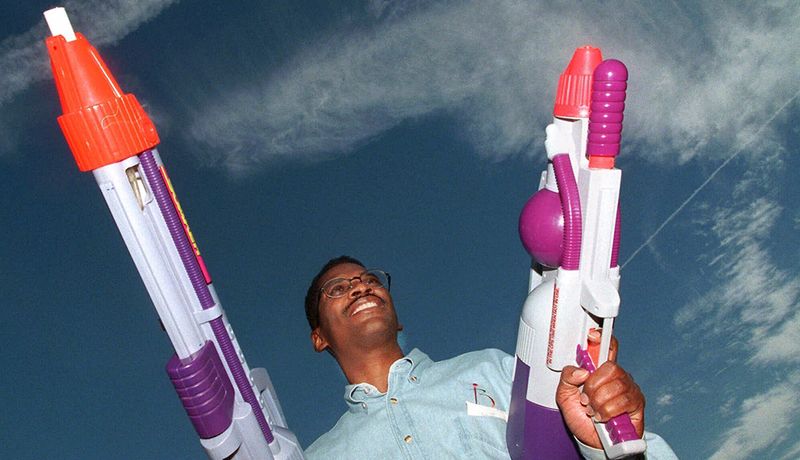
Nuclear engineer Lonnie Johnson was tinkering with a new heat pump system in his bathroom when he connected a prototype to the sink. The resulting powerful stream of water gave him a eureka moment—this would make an epic water gun!
Johnson spent seven years perfecting his “Power Drencher” before Larami Corporation licensed it in 1989. Renamed Super Soaker, it generated over $200 million in sales within its first two years.
5. Bubble Wrap: Failed Wallpaper Becomes Packing Sensation
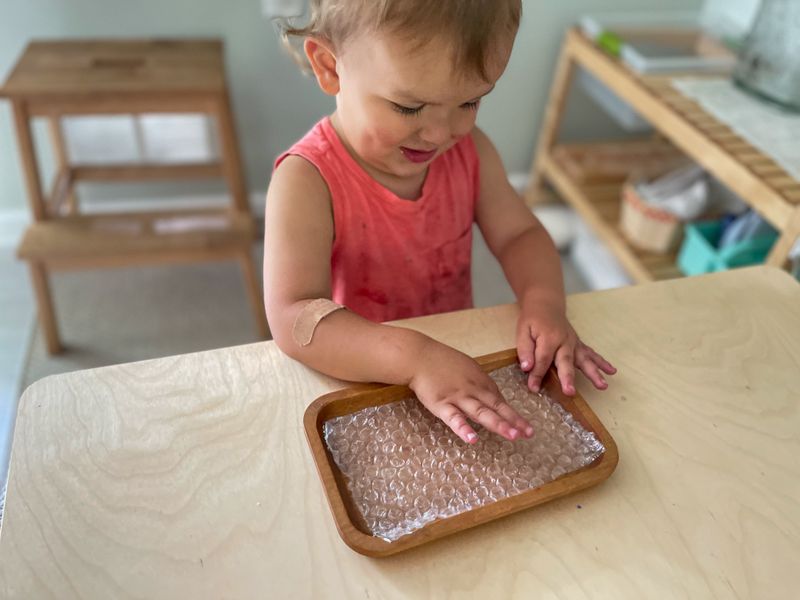
Engineers Alfred Fielding and Marc Chavannes sealed two shower curtains together in 1957, hoping to create textured wallpaper. The result was a sheet of plastic filled with air bubbles that nobody wanted on their walls.
The inventors pivoted, marketing their creation as greenhouse insulation (another flop). Only when IBM needed to ship its new 1401 computer in 1959 did Bubble Wrap find its true calling as protective packaging.
The satisfying pop has since become so beloved that annual Bubble Wrap Appreciation Day exists every January.
6. Frisbee: From Pie Plates to Flying Discs

College students in New England discovered that empty pie tins from the Frisbie Baking Company made excellent flying discs when tossed around campus. Shouting “Frisbie!” warned others to catch the incoming tin.
Toy inventor Walter Morrison refined the concept with plastic in the 1940s, calling it the “Pluto Platter.” Wham-O bought his design in 1957 and renamed it “Frisbee” after learning about the pie-tin pastime.
The simple joy of throwing and catching these discs has spawned multiple sports and dog tricks.
7. Etch A Sketch: The Electrician’s Accidental Drawing Toy

French electrician André Cassagnes was installing a light switch plate in 1955 when he noticed pencil marks transferred to the opposite side of the translucent decal. This observation led him to create the “L’Ecran Magique” (Magic Screen).
Ohio Art Company bought the rights for $25,000 and renamed it Etch A Sketch for its 1960 launch. The distinctive red frame contains aluminum powder that clings to the screen when the knobs turn.
Despite the digital age, around 150 million of these analog drawing toys have been sold.
8. Rubik’s Cube: The Architecture Professor’s Impossible Puzzle
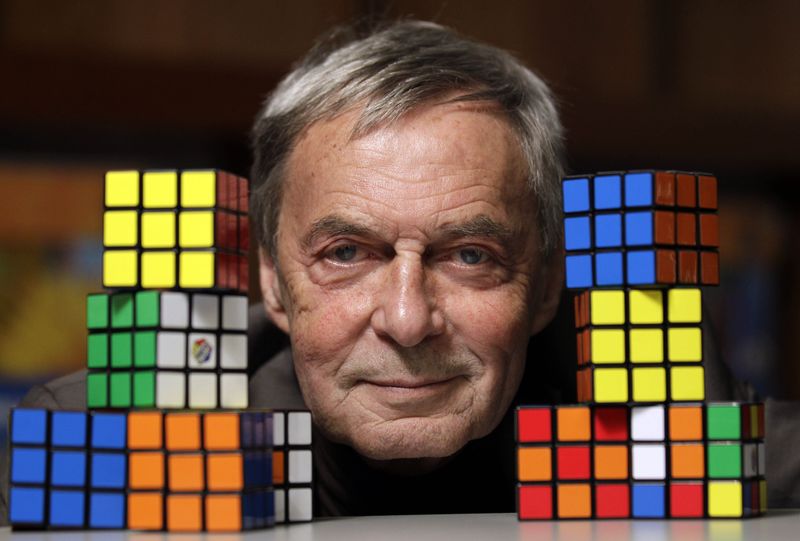
Hungarian architecture professor Ernő Rubik created a teaching tool in 1974 to help students understand 3D movement. After scrambling his prototype, he realized he couldn’t solve it—he’d accidentally created one of the world’s most challenging puzzles!
It took Rubik a month to solve his own creation. Called the “Magic Cube” initially, it was renamed and released globally in 1980, becoming the world’s fastest-selling puzzle.
9. Slime: Mattel’s Failed Wallpaper Cleaner Becomes Gross Fun
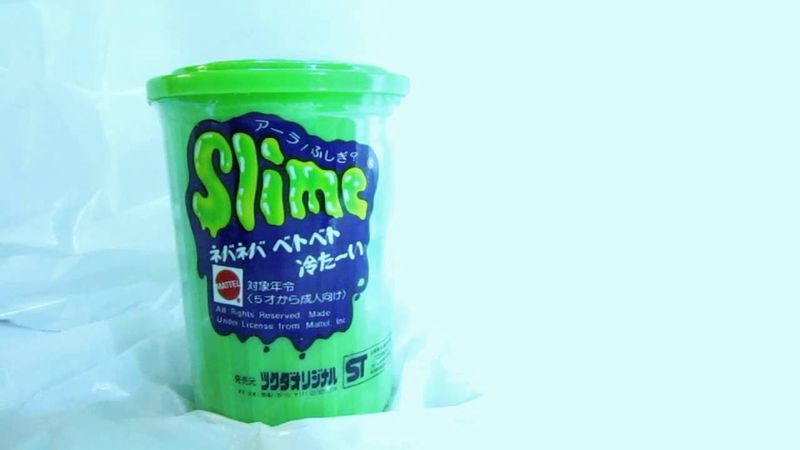
Mattel chemists were experimenting with playful compounds in 1976 when they concocted a strange, gooey substance. Recognizing its potential as a toy that capitalized on kids’ love of all things gross and slimy, they turned it into a hit.
Packaged in a miniature garbage can, the original green Slime became an instant hit. The viscous goo made satisfying noises when squeezed and couldn’t quite be classified as a solid or liquid.
Today’s DIY slime-making craze proves this accidental invention’s enduring appeal across generations.
10. Koosh Ball: The Dad Who Wanted Something Easier to Catch
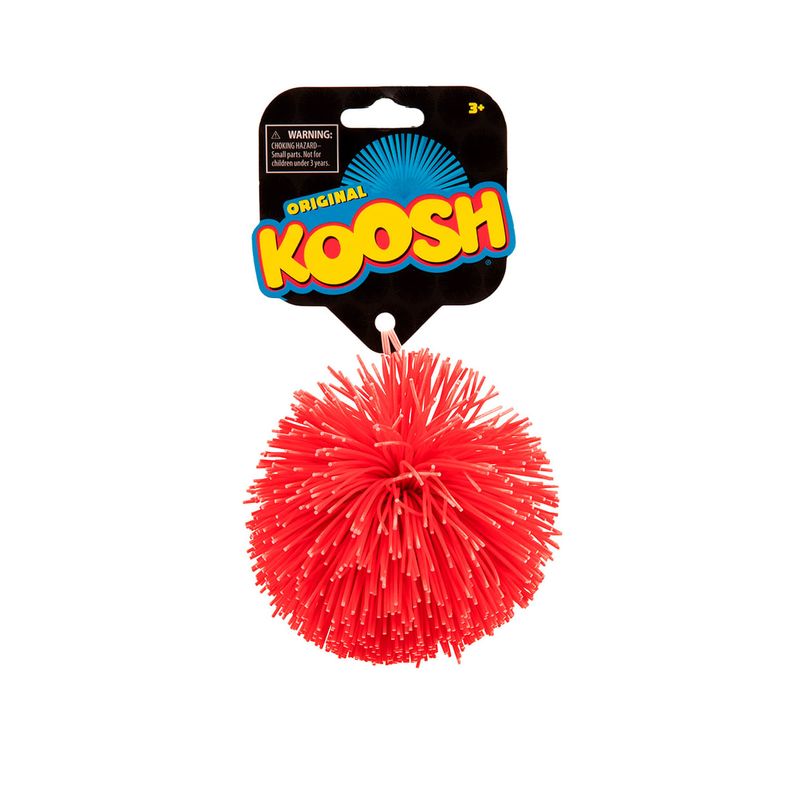
Engineer Scott Stillinger created the first Koosh ball in 1987 after watching his young children struggle to catch hard rubber balls. He bundled rubber filaments together to form a soft, easy-to-grab sphere with bouncy tentacles.
Named for the sound it makes when caught, the Koosh ball became an instant sensation. Its forgiving nature made it perfect for developing hand-eye coordination without fear of injury.
The colorful, squishy balls expanded into characters and launchers, becoming a staple of 90s childhood and physical therapy tools.
11. Silly Bandz: The Office Supply That Became a Playground Craze
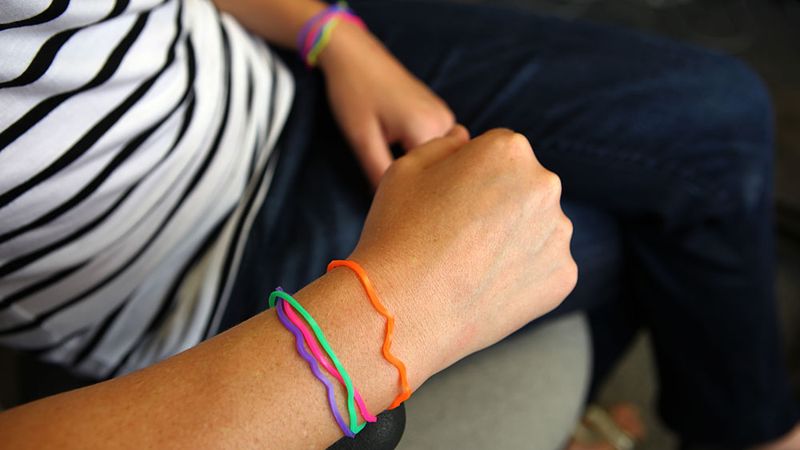
Japanese office supply manufacturers created shaped rubber bands for business use, but they didn’t catch on. Entrepreneur Robert Croak spotted them at a trade show in 2008 and had a vision: these could be wearable bracelets for kids.
Rebranded as Silly Bandz, the colorful silicone bands that returned to their original shapes when not worn became a schoolyard sensation. By 2010, over 20 million packs were selling monthly.
12. Lite-Brite: The Failed Christmas Light That Illuminated Creativity
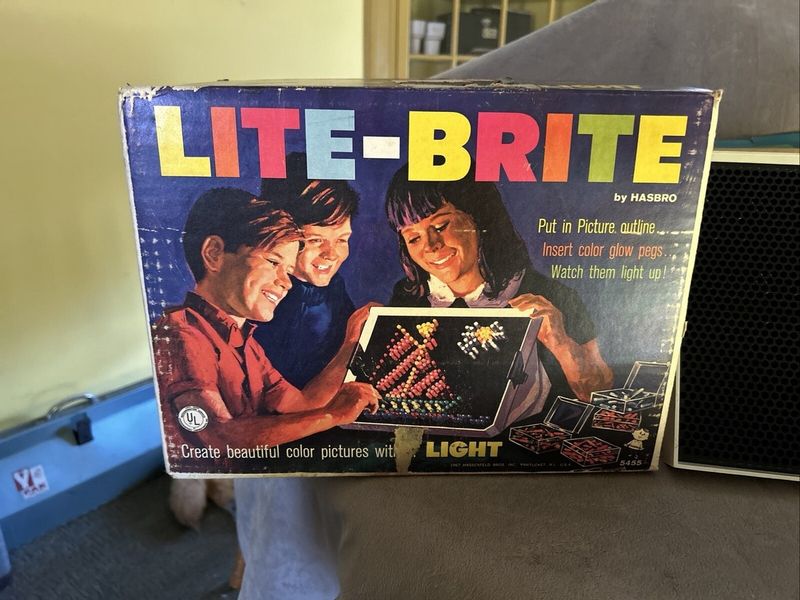
Marvin Glass and Associates were developing backlit display technology in 1967 when they created a toy using small colored pegs illuminated from behind. Hasbro transformed the concept into Lite-Brite, a light box where colored plastic pegs created glowing pictures.
The satisfying click of inserting pegs into the black paper templates has remained unchanged for decades. Despite today’s digital alternatives, the simple illuminated canvas continues to attract young artists.
13. Jenga: The Garden Blocks That Stacked Up Success
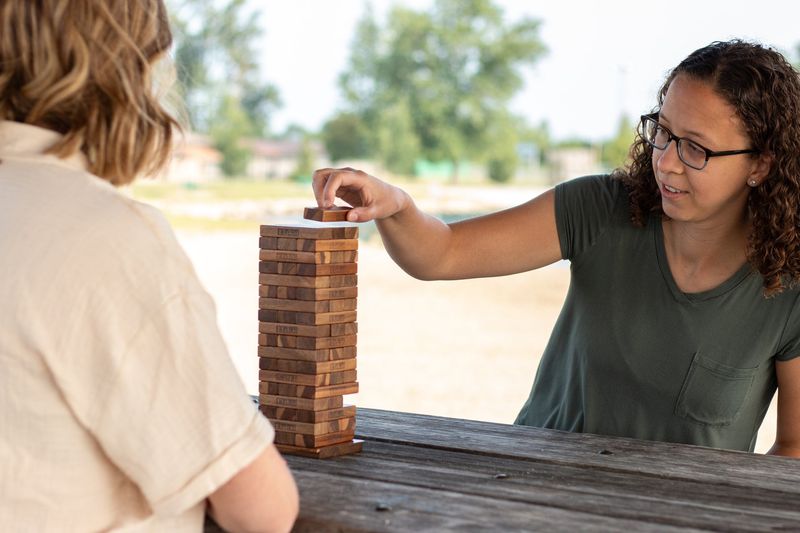
Leslie Scott played with wooden blocks from her childhood in Africa, stacking them in precarious towers during family gatherings. These simple blocks, originally cutting scraps from a local sawmill, became the foundation for a global phenomenon.
Scott officially launched Jenga (Swahili for “build”) at the 1983 London Toy Fair. Hasbro acquired the rights in 1986, and the game of skill has sold over 80 million sets worldwide.
The heart-stopping tension as players remove blocks from an increasingly unstable tower proves simple concepts often make the most engaging toys.
